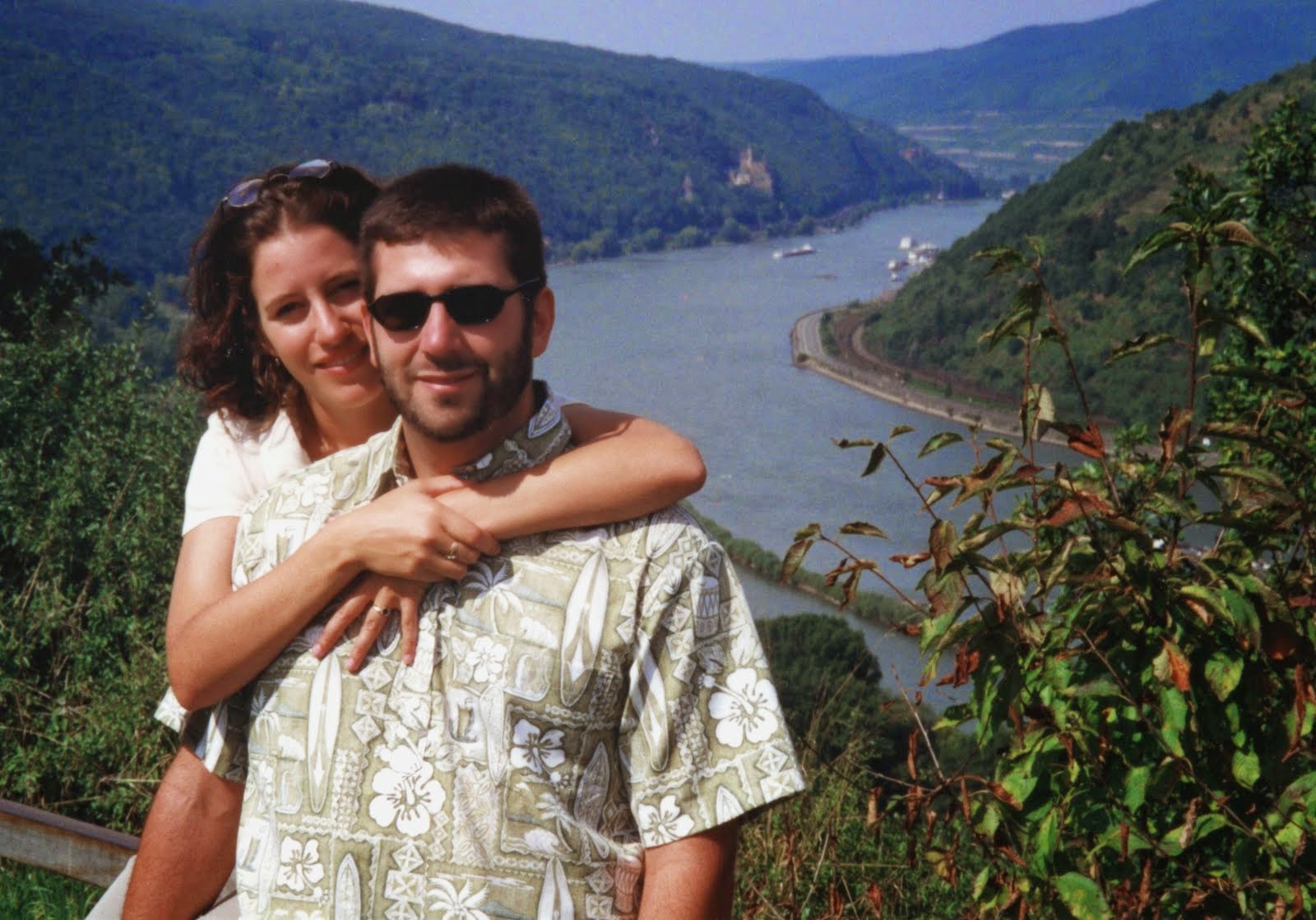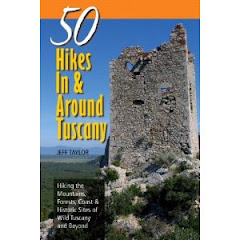Leo Carillo State Beach is located at the mouth of Arroyo Sequit, a small creek emerging from the Santa Monica Mountains paralleled by Mulholland Drive. The campsite is tucked in a wide section of the canyon underneath majestic old sycamores, willows, and walnuts.
 |
| A view of the campground |
From the campground, a trail leads up a few hundred feet to the top of a peak overlooking the ocean. This peak offers a great bird's eye view of the campground and Leo Carillo beach and tidepools.
We really enjoyed our time at this park. We had campfires every night, with the mandatory two roasted marshmallows once the coals developed. Rosie the kitty was tied to a long-line that was attached to the picnic table and then was allowed to wander around. She was particularly happy climbing up about 12 feet into the trees to survey the landscape. When birds and squirrels would come visit the campsite to raid for crumbs, Rosie would go into stalk mode. But, alas she was unable to get near them.
At one point, about 10 crows landed in the tree she was in, and their cackling sure sounded like they were laughing at her and her inability to get to them.
 |
| The view of the ocean from the top of the hill |
One of the days, we decided to just go hike down the Arroyo Sequit to see what it was like. Near the campground it was completely dry. Makes sense given that there was virtually no rain in Southern California all winter. But, there were several sections where it cut through the rocks into a narrow canyon.
It was interesting to see the vegetation of this riparian forest. It isn't quite like that of Arizona (lacking the Fremont cottonwoods, box elders, and Arizona ash) or of the Pacific Northwest (lacking the big-leaf maples, red alders, and black cottonwoods). It contained its own mix of sycamores, willows, and California black walnut.
Further upstream, we came across a slow trickle of water and the later larger pools. The water was filled with aquatic insects and it was easy to imagine it being pull of tadpoles in a few weeks. In addition, poison oak began to show up in thickets all alongside the stream bed, making traversing further more difficult.
We eventually ended out adventure when we came across a steep and narrow section of the canyon choked with boulders and blocked by poison oak. But, there was a beautiful swimming hole below that clearly had been used on hot days as evidenced by the graffiti on the boulders and cliff faces.
The most unfortunate part of this fun little adventure were the numerous ticks we had to pull of Sophie. While the three humans apparently avoided getting any on us, Sophie was covered in them. We pulled off several on the walk back and a couple dozen immediately upon returning to the campsite. But, even that wasn't enough. Despite extensive searches, we found probably another 10 of so stuck onto her upon our return to Flagstaff. Even two weeks later we found a giant blood engorged one on her ear. Not sure how we missed it.






















